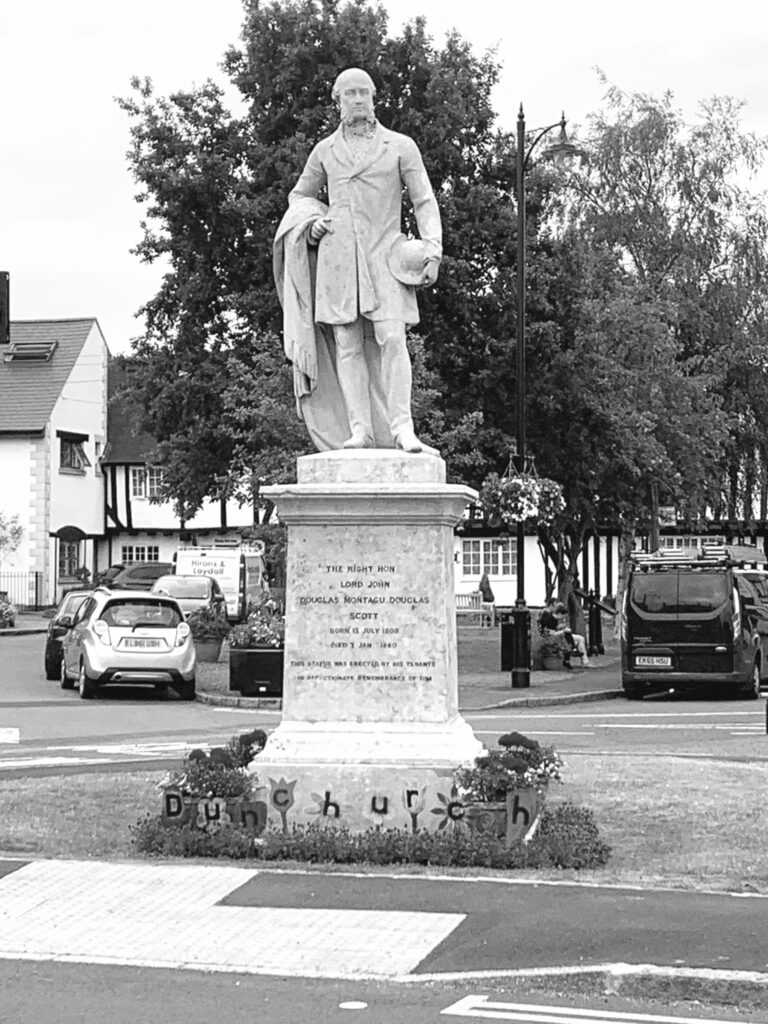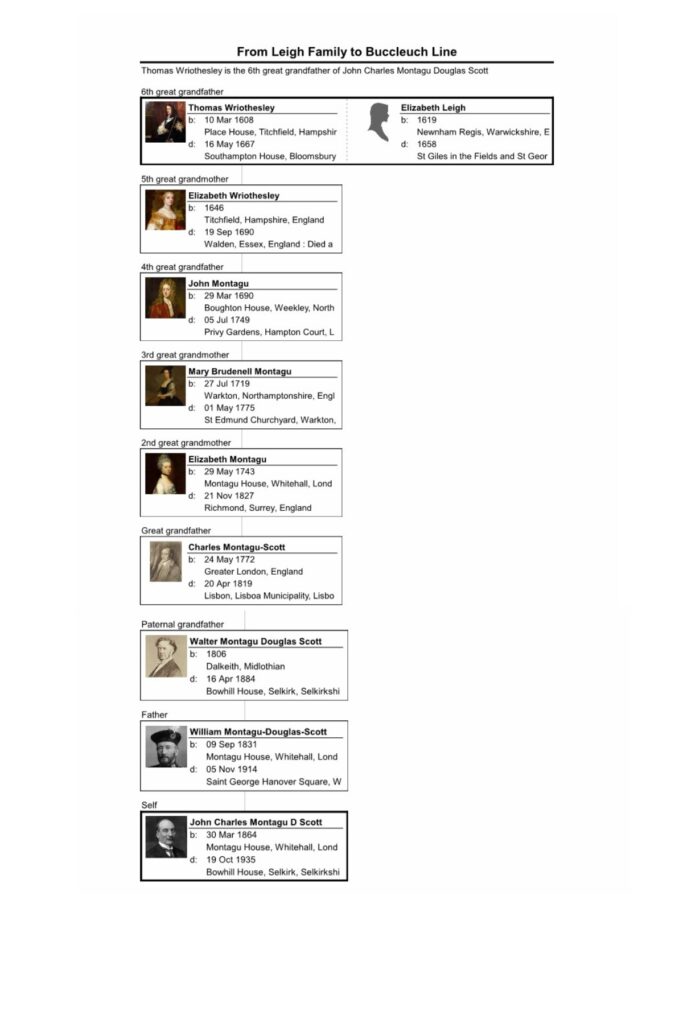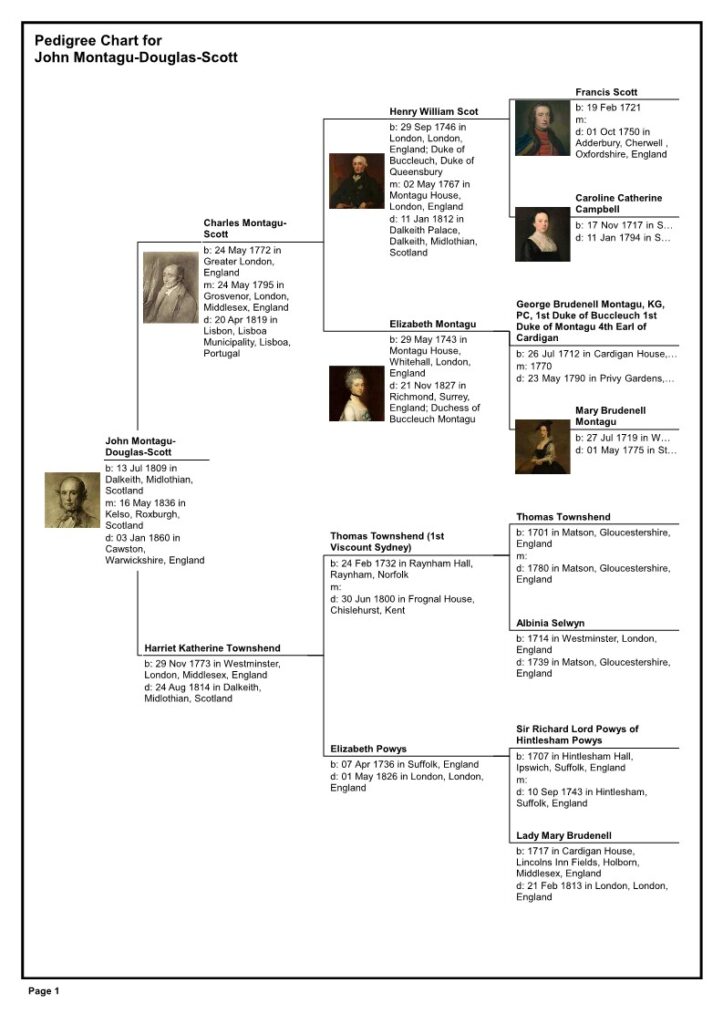The manor of Newnham Regis was retained by the Crown till 1553, when it was granted to John, Duke of Northumberland, but his land was forfeited and passed to Sir Rowland Hill and his brother William Hill, along with Thomas Leigh, of London. Leigh, who became a knight and Lord Mayor of London in 1558, obtained sole possession and passed it on to his younger son William in 1571, who lived in Newnham Hall, and by which time the family also owned the manor of Church Lawford. William was seen by the eminent Warwickshire historian William Dugdale as being responsible for the decline of King’s Newnham due to his actions of “enclosure”, where he annexed common land for his own use. The joint Manor was then passed on to William’s son, Sir Francis Leigh, who passed it to his son Francis when he was married in 1617 to Dame Audrey Anderson, daughter and coheir of Lord Boteler of Brantfield. The younger Francis was raised to the peerage in 1628 as Baron Dunsmore (and then in 1644 as Earl of Chichester); he was a keen royalist and died in 1653. He was buried at St Laurence’s Church in King’s Newnham, along with his wife Audrey, one of his daughters and a stepson.
The estates of Sir Francis Leigh (1598-1653) were inherited by his eldest daughter, Lady Elizabeth, wife of Thomas Wriothesley, fourth Earl of Southampton, of Beaulieu Abbey, Hants, the first in quite a significant number of females to inherit the line in what was a male primogeniture. Their only surviving child, Lady Elizabeth, brought the estates to her second husband, Ralph Montagu, son of Edward, Lord Montagu of Boughton, Northants. In 1688 Ralph was created Earl of Montagu. Ralph was Ambassador to the French Court, spending much time and money adding a French flavour to his properties. He died in 1709, and with his two eldest sons dying under age, the youngest, John, became Lord of this Manor. John was known as “John the Planter ’’ from his extensive planting of trees on all his estates; he it was who in 1740 planted the avenue of Elm trees extending along Dunsmore Heath from Stretton-on-Dunsmore to and beyond Dunchurch – he originally intended to extend this avenue towards London. This area was the scene, in 1915, of a review by King George V. of the 29th Division of his army prior to their departure to Gallipoli.
John had married Lady Mary, fourth daughter of John Churchill, first Duke of Marlborough, the latter nobleman possibly assisting at the planting, as he had done when John was planting trees on his estate at Boughton to represent the formation of the opposing armies at the battle of Blenheim. The only son of their marriage dying in his parents’ lifetime their youngest and only surviving daughter, Lady Mary, brought the estates to her husband, George Brudenell, fourth Earl of Cardigan, who in 1766 was created Duke of Montagu but dying in 1790, and predeceased by his only son John, was succeeded by his only daughter, Lady Elizabeth, who in 1767 had married Henry Scott, third Duke of Buccleuch and fifth Duke of Queensberry. It was thus at this point that the Scottish influence on the Estate began as the merger of various lines, estates and assets reached its peak.
It was during Elizabeth’s lifetime that Sir John Parnell, Postmaster General, attempted to obtain an Act of Parliament for power to cut down the avenue of trees on Dunsmore Heath and Elizabeth’s determined opposition secured its preservation. On her death in 1827 she was succeeded in the King’s Newnham, Church Lawford, Dunchurch, Cawston, and Thurlaston Estates by her grandson, the Lord John Douglas Montagu-Douglas-Scott, who in 1836 married Alicia Annie Spottiswood, eldest daughter of John Spottiswood, of Spottiswood, County Berwick, the authoress of “Annie Laurie ” and other well-known songs. John Scott was the founder of the Rugby and Dunchurch Agricultural Society, a Governor of Rugby School, Member of Parliament for a seat in Scotland, and well regarded by the tenants of his estate – so much so that they erected a monument to his memory at Dunchurch. Quite whether any of the tenants in Church Lawford or King’s Newnham contributed to the cost of this statue has not been established, but John Brierly gave his positive thoughts on the relationship between tenants and Lord John in his interview of 1921. His wife carried on his good work in the following years as discussed in this article.

On John Scott’s death in 1860 without an heir, these estates passed to his eldest brother Walter Francis, fifth Duke of Buccleuch and seventh Duke of Queensberry, who married Lady Charlotte Annie Thynne, daughter of Thomas, second Marquis of Bath. Walter Francis died in 1884, and was succeeded by his eldest son, William Henry Walter, sixth Duke of Buccleuch who married Lady Louisa Jane Hamilton, Mistress of the Robes to Queens Victoria and Alexandra. In 1910 William transferred the estates to his eldest surviving son, John Charles who was at the time Earl of Dalkeith, and later became the seventh Duke of Buccleuch.
In 1917 the sale took place of the Church Lawford and King’s Newnham properties to Samuel Waring as discussed here, ahead of the main auction in 1918. The chart below shows the family line from the Leigh family to the seventh Duke, who was responsible for selling off the villages. See Note below for reference to Lord John Scott, who was not in the direct line.

The above charts do not show John Scott, as he was not in the direct hereditary line – the chart below fixes his position as the third son of the Charles Montagu Douglas Scott – who is also on the above chart, along with his grandmother Elizabeth and his great-grandmother Mary.

With it being over a century since the villages were under the control of a “Lord of the Manor” it is difficult to fully understand the relationship between the Lord and the villagers, but there are certainly examples which suggest it was on better terms than many such relationships. Some examples are the donations towards the church rebuild in 1870, the kindness towards Camilla Smith and Maria Prew as detailed in the links from their names, or the comments from the auctioneer when the properties were sold.
